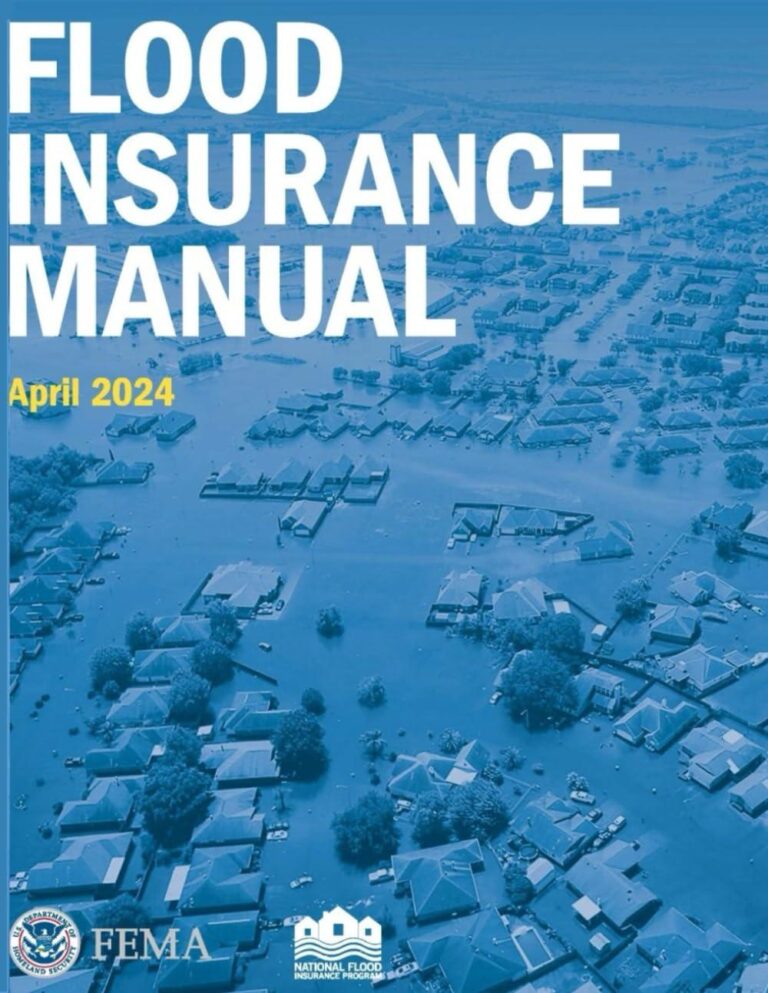As climate change accelerates and extreme weather events become increasingly frequent, the importance of flood insurance has never been more critical. The Federal Emergency Management Agency (FEMA) continues to play a pivotal role in providing resources and guidelines through FEMA.gov, helping homeowners and businesses prepare for and recover from flood-related disasters. This article explores the latest updates on flood insurance policies, claims processes, and risk mitigation strategies available through FEMA.gov, shedding light on how individuals and communities can safeguard their assets against one of the nation’s most devastating natural hazards.
Flood Insurance Explained How FEMA.gov Supports Homeowners at Risk
Understanding flood insurance is critical for homeowners living in flood-prone areas. FEMA.gov offers comprehensive resources that clarify the importance of this protection, especially since standard homeowner policies typically do not cover flood damage. Through the National Flood Insurance Program (NFIP), administered by FEMA, residents can purchase affordable flood insurance to safeguard their properties against financial devastation caused by flooding. This coverage not only helps repair structural damages but often includes compensation for belongings damaged by floodwaters.
FEMA’s support extends beyond offering insurance policies; it provides educational tools and community resources designed to help homeowners assess flood risks accurately. Key benefits include:
- Access to risk maps: Detailed flood hazard maps to inform homeowners of their specific risk levels.
- Claims assistance: Step-by-step guidance on filing claims efficiently after flood events.
- Policy customization: Options for both building and personal property coverage to tailor protection.
| Coverage Type | What It Protects | Typical Limits |
|---|---|---|
| Building Property | Structure, foundation, electrical and plumbing systems | Up to $250,000 |
| Personal Property | Furniture, clothing, and other personal belongings | Up to $100,000 |
Key Benefits of Flood Insurance Through the NFIP Program
Flood insurance through the NFIP program offers a vital safety net for homeowners and businesses alike. It provides access to affordable coverage options that might otherwise be unavailable in flood-prone areas, ensuring financial protection against unexpected flood damage. Unlike standard homeowner policies, NFIP policies specifically cover the unique risks posed by flooding, ranging from structural damage to loss of personal belongings. This specialized protection helps policyholders recover faster and avoid the devastating consequences of out-of-pocket repair costs.
Beyond individual benefits, the program supports community resilience by encouraging floodplain management and risk reduction efforts. Policyholders gain the advantage of:
- Nationwide coverage availability regardless of location
- Direct connection to federally backed insurance resources
- Peace of mind with standardized and regulated policy terms
Effective risk mitigation and insurance promote a proactive approach, fostering safer, better-prepared neighborhoods.
| Benefit | Feature | Impact |
|---|---|---|
| Affordable premiums | Set by FEMA, not private insurers | Accessible for most homeowners |
| Comprehensive coverage | Includes structural and contents protection | Enhances recovery capacity |
| Community incentives | Supports floodplain management | Reduces future flood risks |
Understanding Flood Insurance Coverage Limits and Policy Options
Flood insurance provides vital financial protection for homeowners and renters against flood-related damages that are often excluded from standard property insurance policies. Coverage limits vary depending on the type of property and policy selected. For residential buildings, the National Flood Insurance Program (NFIP) typically offers structural coverage up to $250,000 and contents coverage up to $100,000. Commercial properties may have higher limits available, with building coverage up to $500,000 and contents coverage also up to $500,000. It’s important to understand these limits to ensure your investment is adequately protected in the event of a flood.
Policy options come in several forms to suit different needs and risk levels. These include:
- Standard NFIP policies: Offer fixed coverage limits and are backed by the federal government.
- Excess Flood Insurance: Provides additional coverage beyond NFIP limits, available through private insurers.
- Preferred Risk Policies (PRP): Designed for low-to-moderate risk areas with lower premiums and coverage limits.
| Policy Type | Building Coverage Limit | Contents Coverage Limit | Best For |
|---|---|---|---|
| Standard NFIP | $250,000 (residential) | $100,000 (residential) | Most homeowners in flood zones |
| Excess Flood Insurance | Up to $1,000,000+ | Up to $1,000,000+ | High-value properties |
| Preferred Risk Policy | $250,000 (residential) | $100,000 (residential) | Properties in moderate risk areas |
Expert Tips for Filing Claims and Maximizing Flood Insurance Protection
When filing a flood insurance claim, timing and thorough documentation are crucial. Immediately notify your insurance agent or company after the flood event, and make sure to submit proof of loss within the timeline specified by your policy. Photograph and videotape all damages, including structural harm, personal property affected, and any visible mold or water intrusion. Keeping a detailed inventory of damaged items, including purchase receipts or approximate values, will greatly speed up your claim’s processing. Remember to keep copies of all correspondence and forms submitted for your records.
To maximize protection, policyholders should regularly review their coverage limits and consider supplemental endorsements for contents or additional living expenses. Evaluate whether your policy has adequate replacement cost coverage versus actual cash value, as this can significantly impact your reimbursements. Below is a quick checklist to enhance your flood insurance protection:
- Review your policy annually—update as your property value changes.
- Understand your deductible and limits to avoid surprises during claims.
- Keep flood safety supplies and records in a waterproof container.
- Stay informed about flood risk changes in your area through FEMA resources.
In Retrospect
In conclusion, understanding flood insurance through FEMA.gov is crucial for homeowners and renters in flood-prone areas. With floods being one of the most common and costly natural disasters in the United States, securing proper coverage can provide financial protection and peace of mind. As climate patterns continue to shift, staying informed through reliable sources like FEMA ensures preparedness and resilience against future flood events. For more detailed information and to explore flood insurance options, individuals are encouraged to visit FEMA.gov and consult with insurance professionals.




